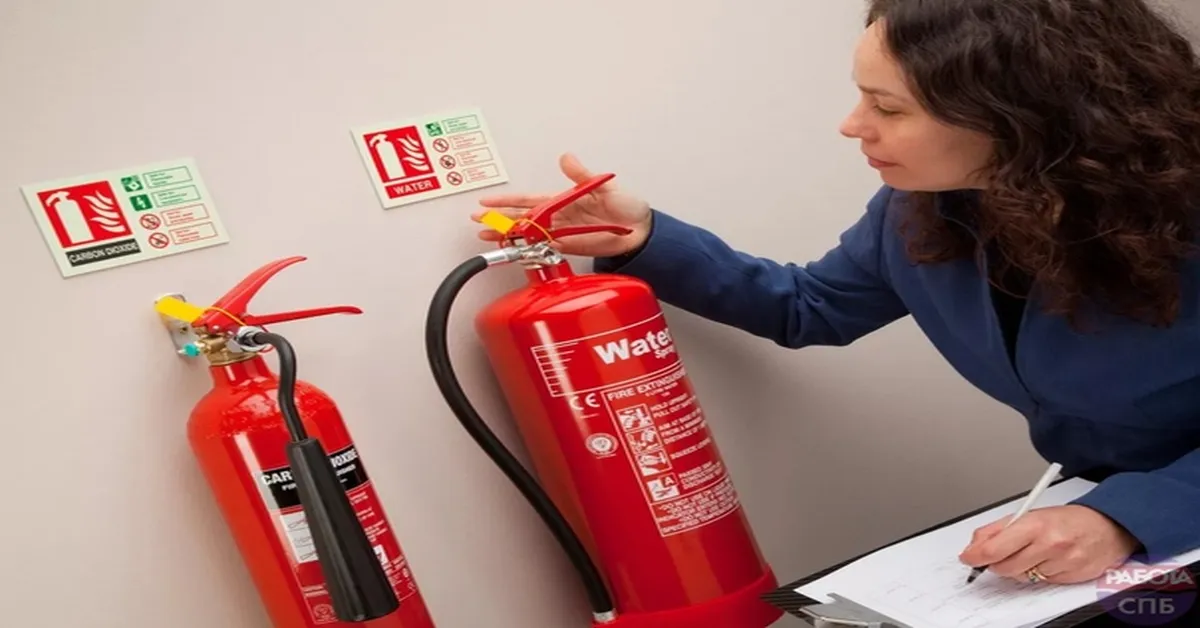Fire emergencies are among the most frightening and chaotic situations people can face. While we often focus on the physical aspects of fire safety—such as smoke detectors, fire extinguishers, and evacuation plans—it’s equally important to understand the psychological aspects of how people react in these critical moments. Obtaining a Fire Safety Certificate for Landlords is crucial not only for compliance but also for enhancing the safety measures within rental properties. Understanding human behavior in fire emergencies can help in designing more effective safety protocols and improving overall preparedness.
The Nature of Panic
Panic is a common reaction during a fire emergency. When people perceive a threat, their instinct is often to flee, but this reaction can be hindered by confusion, fear, and disorientation. Panic can impair cognitive functions, making it difficult for individuals to think clearly and make rational decisions. This is why it’s crucial to recognize the signs of panic and develop strategies to manage it.
In a fire emergency, the smoke and heat can disorient people, and the sound of alarms may only add to the confusion. These conditions can exacerbate panic, leading to irrational behavior. Understanding this can help in designing better evacuation plans that take into account the potential for widespread panic.
The Impact of Familiarity
Familiarity with the environment plays a significant role in how people react during a fire. Studies have shown that individuals who are familiar with their surroundings are more likely to react calmly and efficiently in an emergency. This highlights the importance of regular fire drills and training.
When people are accustomed to the layout of their building and know the location of exits and fire alarms, they can navigate the space more effectively during a fire. Fire drills should simulate real emergency conditions as closely as possible to help individuals become familiar with the process and reduce the chances of panic when an actual fire occurs.
Decision-Making Under Stress
Decision-making is often compromised during high-stress situations like a fire emergency. Stress can cloud judgment and lead to hasty or incorrect decisions. For instance, individuals might attempt to gather personal belongings before evacuating, which can delay their exit and increase their risk of injury.
Effective fire safety training should include not just how to use fire safety equipment but also how to make quick, informed decisions under pressure. Role-playing scenarios can be useful in preparing individuals to react appropriately and prioritize their safety over material possessions.
The Role of Social Influence
Human behavior in emergencies is not only shaped by individual psychology but also by social dynamics. People often look to others for cues on how to behave during a crisis. This phenomenon, known as social influence, can have both positive and negative effects.
In a fire emergency, individuals may follow the lead of those around them. If a leader or authority figure is calm and composed, others are more likely to remain calm as well. Conversely, if people see others panicking, it can trigger a chain reaction of fear and chaos. This underscores the importance of having clear and authoritative leadership in fire safety planning.
Communication and Information
Clear communication is essential in managing fire emergencies. The way information is conveyed can significantly impact how people react. Effective communication should include not only instructions on how to evacuate but also reassurances that the plan is safe and reliable.
During a fire, loud alarms and confusing announcements can contribute to anxiety and hinder people’s ability to follow instructions. Fire safety systems should ensure that messages are clear, concise, and delivered in a calm manner. Additionally, having multiple channels of communication, such as visual signals and loudspeakers, can help cater to different needs and preferences.
The Importance of Psychological Preparedness
Psychological preparedness is a critical aspect of fire safety that is often overlooked. Training and drills should not only focus on physical actions but also address the emotional and psychological responses to a fire emergency. Preparing people mentally can reduce the shock and stress they experience, making them more resilient and effective in handling the situation.
Educational programs that teach individuals about the psychological effects of fires and how to cope with them can improve overall preparedness. Understanding that fear and stress are natural responses can help people accept these emotions and manage them more effectively.
Conclusion
Understanding the psychology of fire safety is crucial for developing comprehensive emergency plans that address both physical and psychological needs. People’s reactions during a fire emergency are influenced by factors such as panic, familiarity, decision-making under stress, social influence, communication, and psychological preparedness. By taking these factors into account, we can create more effective fire safety protocols that not only ensure physical safety but also support individuals’ mental and emotional well-being.Fire safety is not just about having the right equipment and procedures in place; it’s also about preparing people to handle the psychological challenges that come with emergencies. By integrating psychological insights into fire safety planning and training, we can improve overall safety and ensure that individuals are better equipped to respond effectively in the face of a fire, If you want to stay updated with posts like this, please follow us on RUBBLEMAGAZINE.







